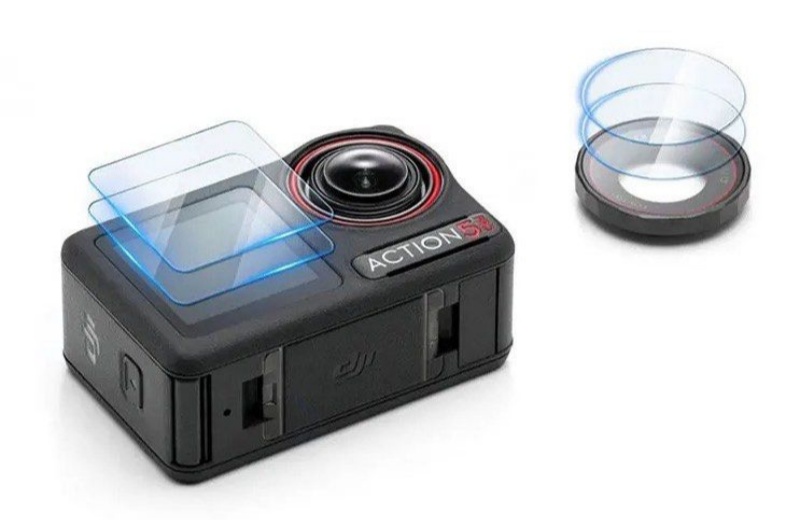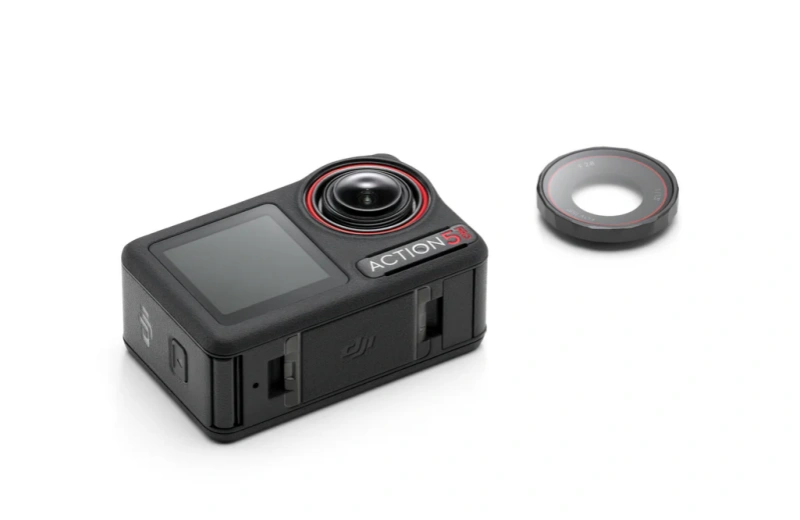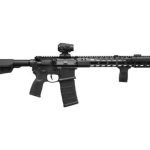Lens coverings shield cameras’ and camcorders’ lenses from scuffs and other minor impacts. On the majority of cameras and lenses, lens coverings are standard.
The metal screw-on lens cover is safer because it prevents the lens from being unintentionally ejected. A screw-on lens cap requires more time to take a photo, but it is more durable and protective than a plastic lens cap.
When a camera is turned on, some (mainly pocket cameras) have automatic lens caps that pop open. Since these caps often include plastic blades, they don’t provide much protection from harm.
Lens caps or lens covers are frequently misplaced, are not considered to be valuable by photographers, particularly pros, and can be lost when dropped by photographers at busy events or in crowds.
To prevent losing lens caps, they can be attached to the camera with a short cord.
In addition to lens caps, there are also rear and body caps, which are used in interchangeable lens cameras and protect the rear lens element and the camera’s shutter/sensor in storage.
The role of the camera lens cover.
1. Dustproof: The lens is afraid of dust, fingerprints, dirt, and whatnot, because these may interfere with the shooting effect, however, and it is difficult to avoid. Without the protection of the lens cap, even if you do not touch it, there will be tiny dust adhering. Note that if there is dust or dirt, do not use hard paper, paper towels, or napkins to wipe the lens, you need to use lens paper or lens brush, lens cleaning kit, or the like.
2. Waterproof: digital products are afraid of water unless it is a professional waterproof camera or a waterproof lens. The camera’s general waterproof performance is subpar, making it difficult to operate in rain, smoke, or freezing conditions. Although the lens cover will not have a too obvious protective effect, but also can play a certain protective effect.





